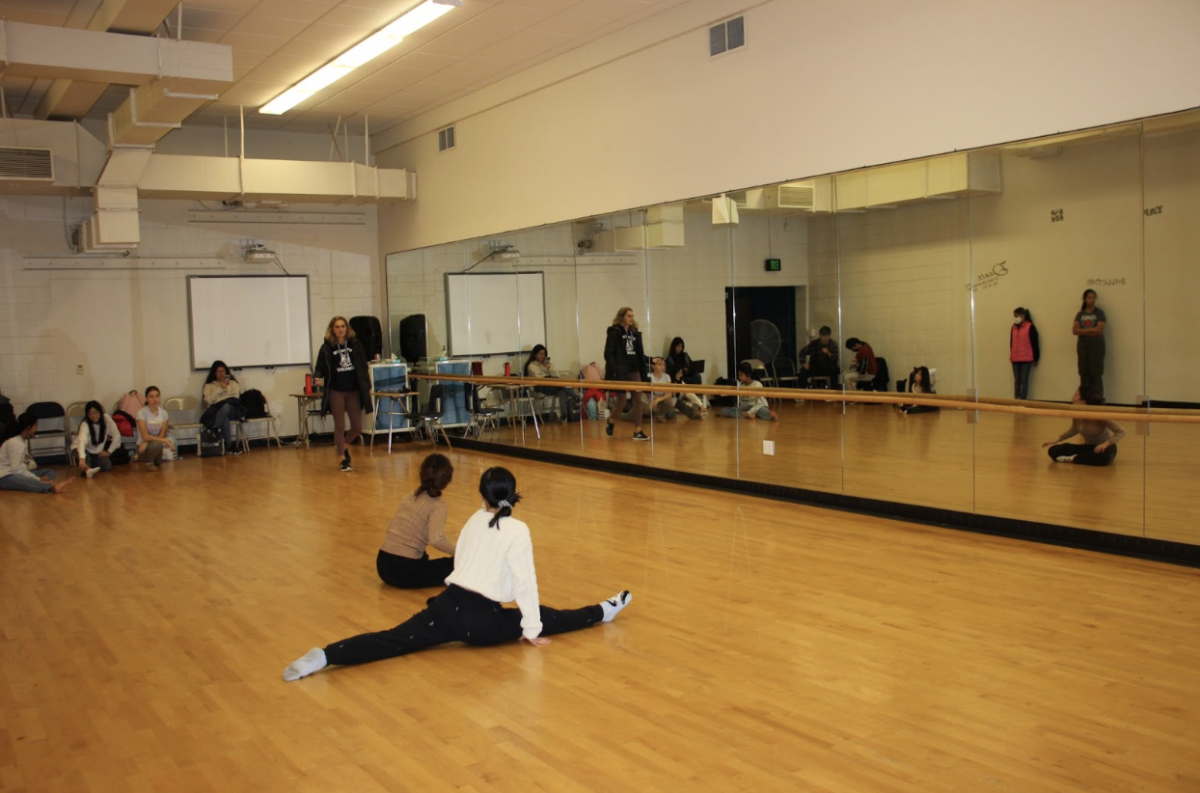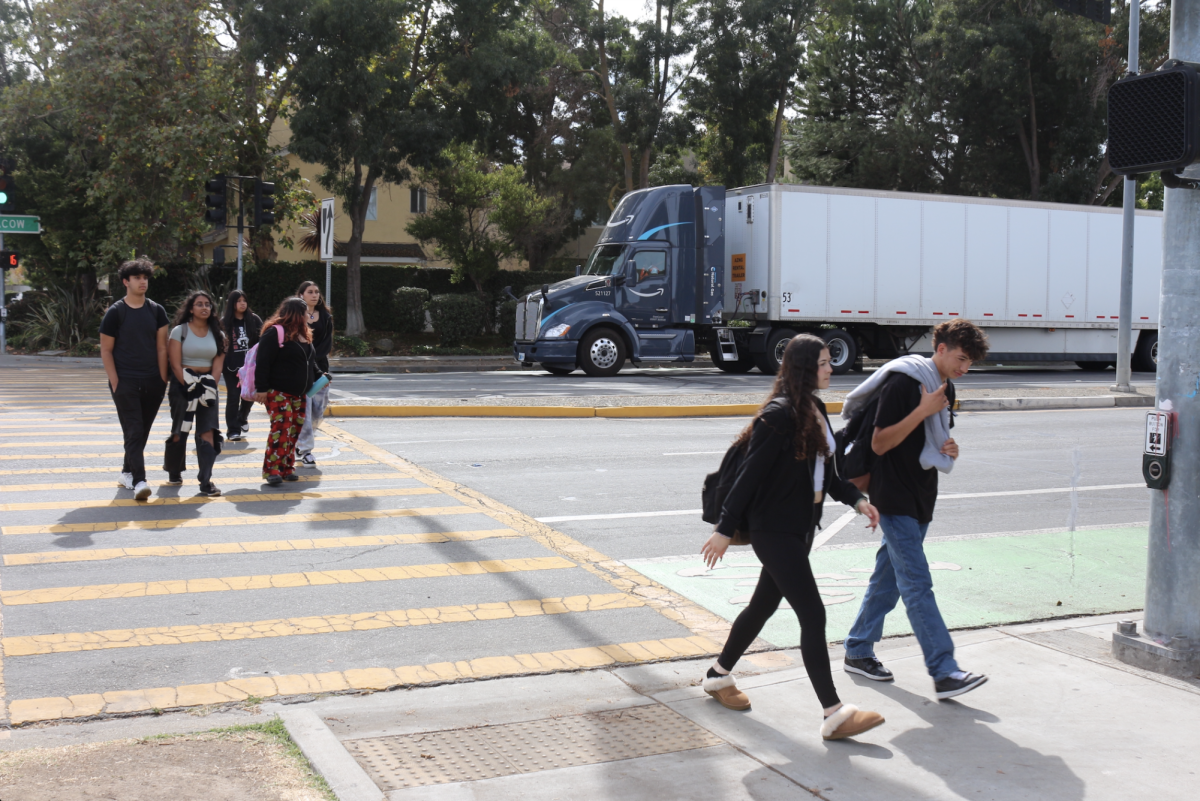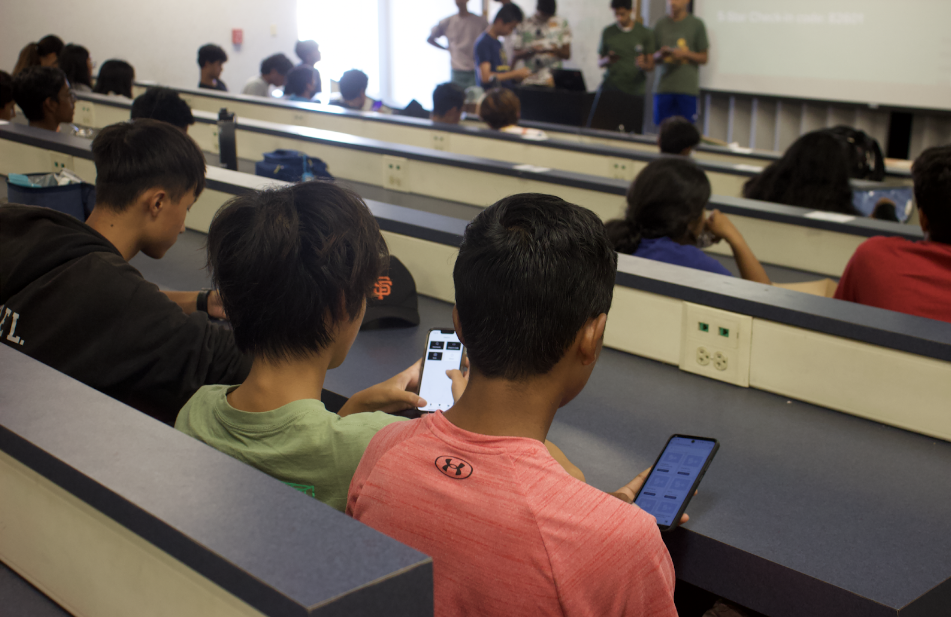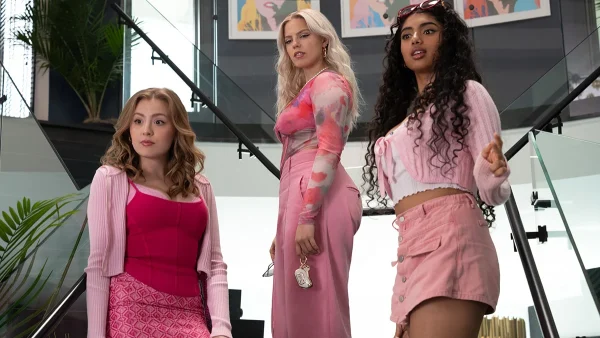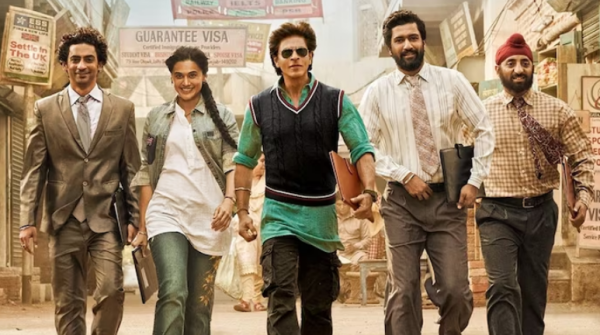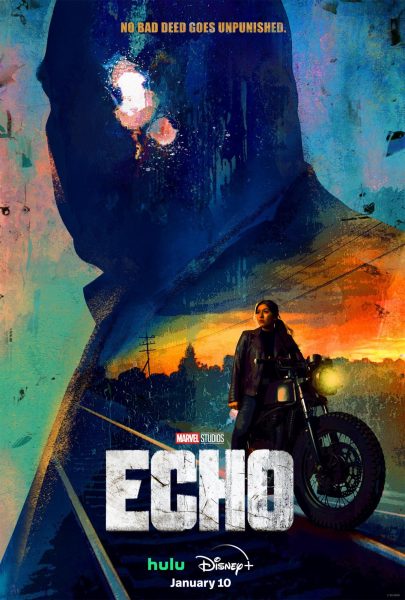“Dumble—only one foot out the—door: a discussion on the second installment of Crimes of Grindelwald”
January 6, 2019
*SPOILERS AHEAD*
On Nov. 16th, the second Fantastic Beasts came out.
Actually… Dumbledore came out. Or so, said David Yates in an interview with Telegraph. Although I’m not sure how obvious this was to common movie-goers. In the Crimes of Grindelwald, Dumbledore says that Grindelwald and he were “closer than brothers.” Now, this could mean a variety of things since Dumbledore’s relationship with his real brother wasn’t very strong to begin with. Thus, this statement could simply mean that Grindelwald and he connected better than his brother and him.
The words do have stronger implications due to Dumbledore’s background. In 2007, J. K. Rowling shared in an interview that she always thought of Dumbledore as gay. So, when Fantastic Beasts was officially announced, fans were beyond excited to hear that the series was set in a time when Dumbledore was young. However, the first movie failed to have Dumbledore at all, and his passion for Grindelwald was only hinted at.
In addition to Dumbledore’s sexuality, the two Fantastic Beasts movies really varied–not just in plot. In particular, the tonal quality of the movies differed. The first Fantastic Beasts movie set out to resolve a lot of anticipation. There were several instances of pure awe when watching the movie—for instance, the scene exploring Newt’s suitcase. The audience members were introduced to this whole new world of beautiful, elegant creatures and, like Jacob, we just felt blessed to be able to see the creativity. However, the Crimes of Grindelwald acted more as a plot advancement movie.
The story, on the very surface level, followed Credence and his search with Nagini to find his parents. The plot, as with all J. K. Rowling stories, thickens. Most similar to Half-Blood Prince, this story serves to move the plot. In Half-Blood Prince, the audience is expected to know the majority of the Harry Potter background and be involved in the universe, so the movie spends less time explaining details. In the same vein, the Crimes of Grindelwald refrains from explaining any of the story—which turned out to be quite hard for non-Wizarding World-fanatics to understand.
In addition, the second installment features a few incongruencies that left the experienced fans…less than pleased. Firstly, young Dumbledore was teaching Defense Against Dark Arts (DADA). There are several fallacies with this plot point: 1) According to the Harry Potterverse, Dumbledore taught Transfiguration, not DADA, and 2) The supposed DADA teacher at that time was supposed to be a woman, according to Pottermore and Lord Voldemort’s backstory. Thus, I felt that this detail was only included to appease the audience members that wouldn’t be able to follow the storyline. Another odd, seemingly-misplaced easter egg was “Ms. Mcgonagall.” According to Pottermore, Minerva McGonagall went to Hogwarts at the same time as Tom Riddle, who was not alive during Grindelwald’s time. So, she simply could not have been alive.
The last major difference between the movies was simply the excitement. For the first movie, all older Harry Potter fans (general age range: 15-35) were hyped for the installment. After 7 years of Wizarding World movie depravation, J. K. Rowling fans were beyond ecstatic. I remember the theatre filled with Harry Potter robes and glasses on opening night. This time, however, opening night was less of a kick. Sure, fans were excited: theorists theorized, videos were made, bets were placed, but the second installment couldn’t compete with 7 years of anticipation. So despite the solid movie, it just didn’t measure up to the original installment or any of the Harry Potter movies.




